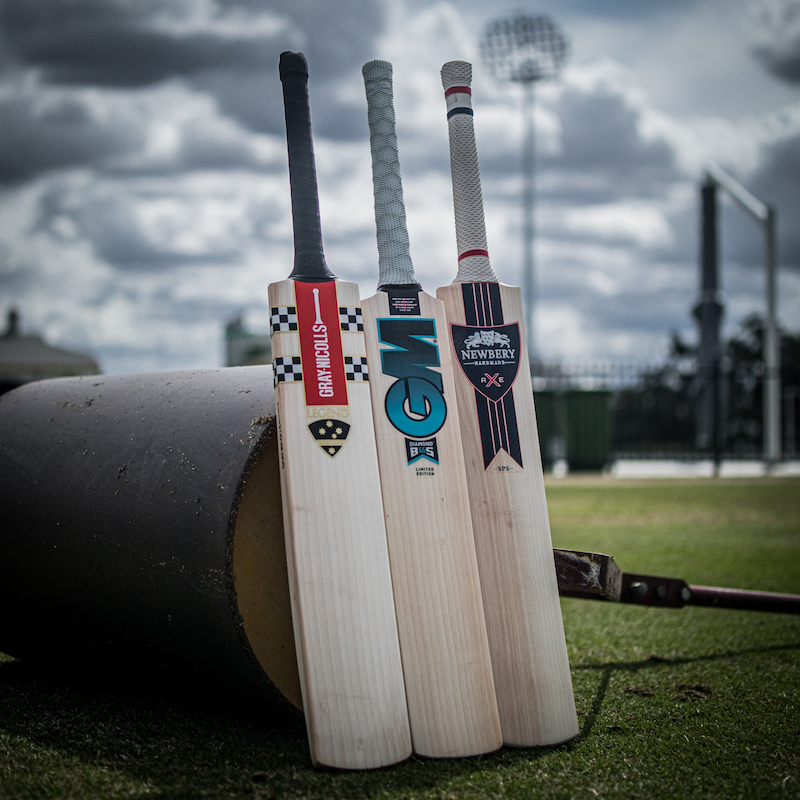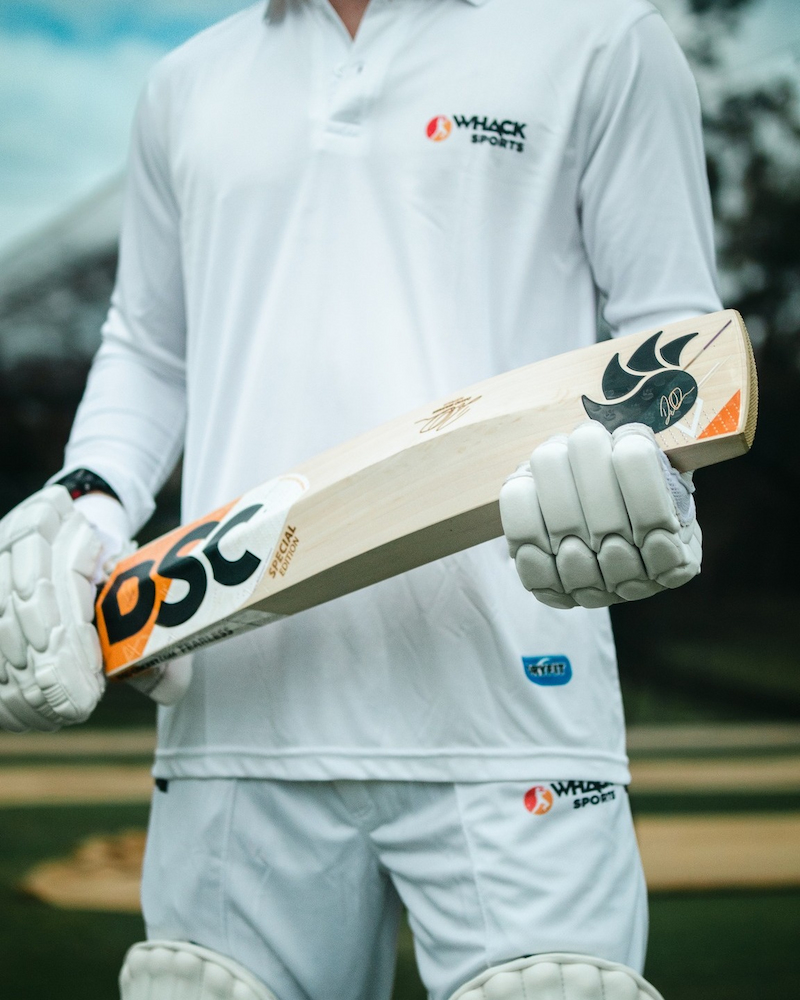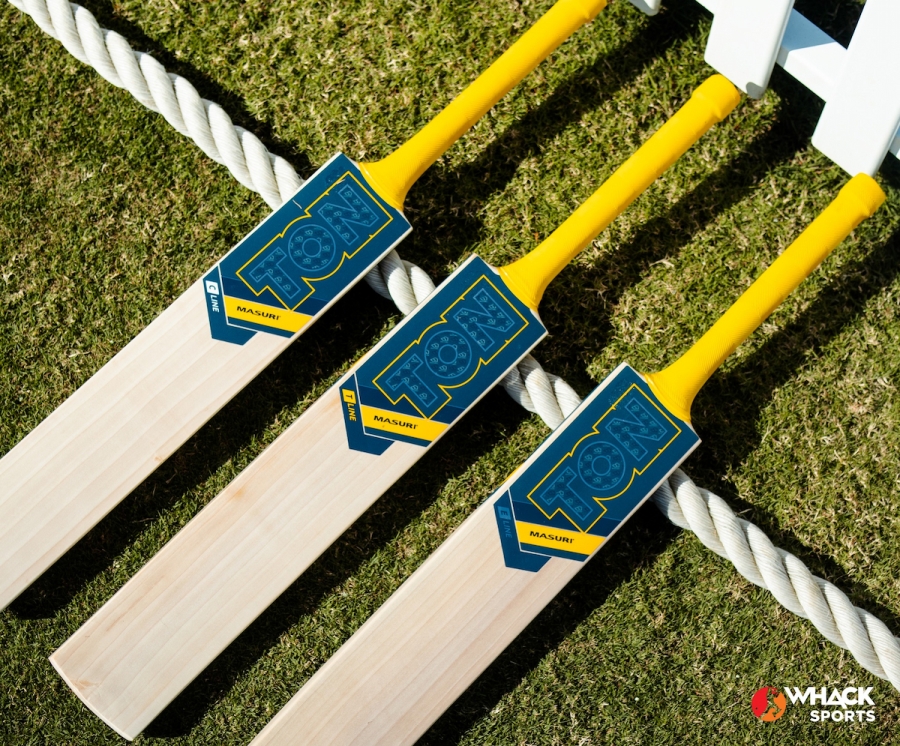Cricket, the so-called gentleman’s game, is a popular sport that captivates fans worldwide with its strategic and skilled character. Appropriate cricket equipment is essential for this well-liked activity, particularly concerning the bat, which is a vital weapon for a batsman. Your choice of cricket bat can improve your performance, mould your playing style, and add to the cricketing experience in ways you might not have expected. Here’s everything you need to know to choose the correct cricket bat.
How Do I Choose a Good Cricket Bat?

Choosing a cricket bat is a personal decision; a lot will depend on how the bat feels, looks, weighs, fits in your hand, and how you play the game. There’s a vast array of high-quality adult cricket bats available you should carefully consider, and you should take your time making your selection. Selecting the right size, material, and shape are important decisions to make before making a purchase.
Size
Generally speaking, whether a player is a youngster or senior, the entire length of a cricket bat should be slightly below the waist. That’s a crucial aspect of choosing the appropriate bat, and picking the incorrect one might harm training and game strategy. Additionally, the bat should be efficiently and pleasantly held at arm’s length in front of the user without any difficulty.
Senior Cricket Bats
Senior cricket bats, often referred to as Full SH and Full LH, are full-sized bats with a short or long handle that inherit characteristics from Harrow bats. Choosing a long-handled or short-handled bat does not affect the bat’s width.
Short-handled bats are usually appropriate for players above 15 years old, and long-handled adult cricket bats are suitable for players taller than 185 cm. No one size fits all, so each batsman must take measures before choosing the proper bat.
The following table provides a rough indication of age/height and the appropriate bat to purchase. But as previously mentioned, you should regard it as a guide and measure before the purchase.
Junior Cricket Bats
Junior bats are made especially for younger players, and it’s crucial to select the appropriate bat for the player’s age because it will affect the young cricketer’s technique. Compared to senior bats, these bats are usually lighter and smaller.

For youngsters who aren’t ready for a full-sized bat with either a short handle or a long handle/blade, junior bats come in sizes 0 through Harrow. Some brands also produce Academy or Small Men’s size bats to fill the gap between Harrow and full-size bats.
These various bat sizes include an approximate age and height reference, but it should go without saying that each batsman needs to get their measurements accurate to get the appropriate bat for them.
Training bats
Training bats are much thinner than junior/senior bats in length and size, which forces the players to work harder to smash the ball during practice. Perfect for practising keeping wickets or throw-down batting drills as well.
Materials
English and Kashmir willow are the two main varieties used to make cricket bats. The alternative willow used to make very few bats on the market comes from Eastern Europe.
Because English willow is soft and fibrous and performs well when striking the ball, it is usually the chosen wood. Indian willow from Kashmir is more resilient due to its rigid texture, but its impact on performance won’t be the same. When hitting the ball, players concur that an English willow bat has a “sweet spot,” whereas a Kashmir willow bat does not.
Cricket bat handles consist of a cane with cork or rubber inserts beside the blade’s willow. The sturdy yet flexible qualities of the bat make it practical. The shape of the handle can be oval or circular, depending on the player’s choice. Tightly wrapped in twine, the cane has a rubber grip for feel and control.
Design

When choosing your cricket bat, there are several more design considerations to consider in addition to the bat and handle dimensions.
Shape and Bow
While it’s true that current cricket players want bats with longer bows and thicker edges to improve performance, this comes down to personal preference. More oversized bows “pick up” lighter than smaller ones, and the pressing action that produces a more oversized option should also result in a bat that feels more powerful than it did at the beginning.
Additionally, the location of “the middle” of a bat’s blade—which is ideal depending on the pitch type and player technique—varies. The bat will feel and balance better with a higher centre, making it perfect for fast/hard wickets. The bat will feel a little more bottom-heavy with a lower centre, but it will also provide you more swing momentum and power when playing shots. Bats with a lower middle are ideal for English wickets, which bounce slowly and at a low level.
Face
Once more, selecting a bat with an uncovered or covered face is up to the individual. While a covered front has a protective coating that eliminates the need for oiling, an uncovered bat’s natural finish allows the operator to treat the wood with linseed oil. Either alternative will not compromise the bat’s performance.
Toe Guard
A toe guard shields the bat’s toe from harm, although it is not infallible. Although it was an optional addition, most contemporary bats now have toe guards installed. If you would rather not have one in place, you can still pick up bats without it.
Finish
The bat’s finish is also a matter of personal preference. The wood’s grain is a natural finish category; nevertheless, some grades of bats have their sheets fitted with artificially printed grains to give the impression that the bats are of a higher grade. It is necessary to clarify this at the point of sale so you don’t mistakenly believe that the bat’s finish makes it a higher quality.
